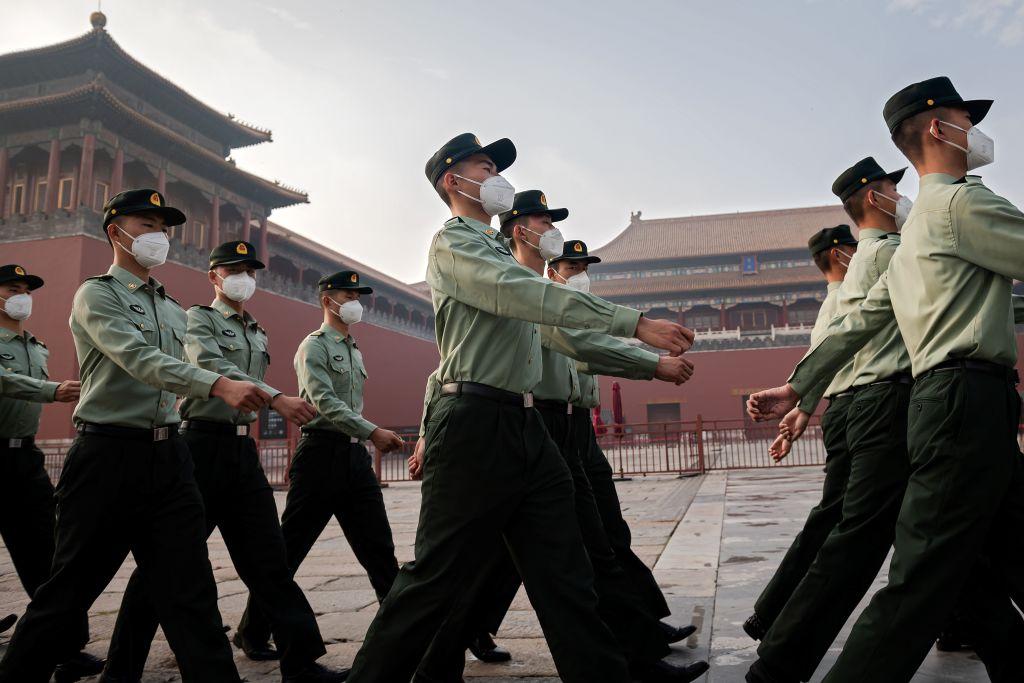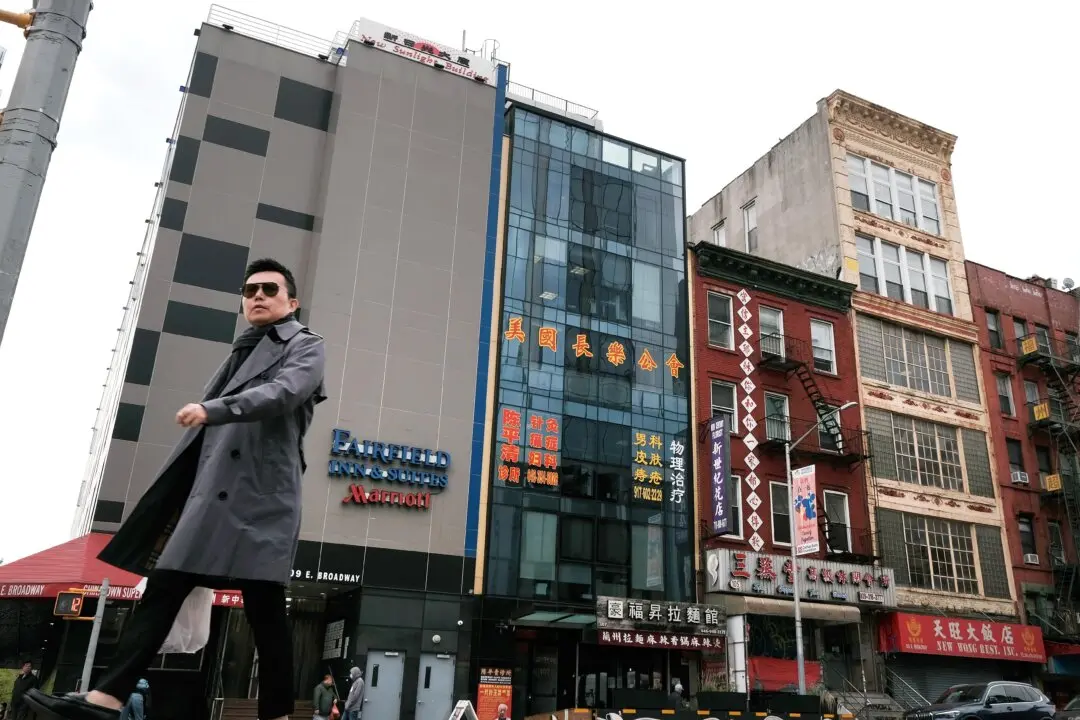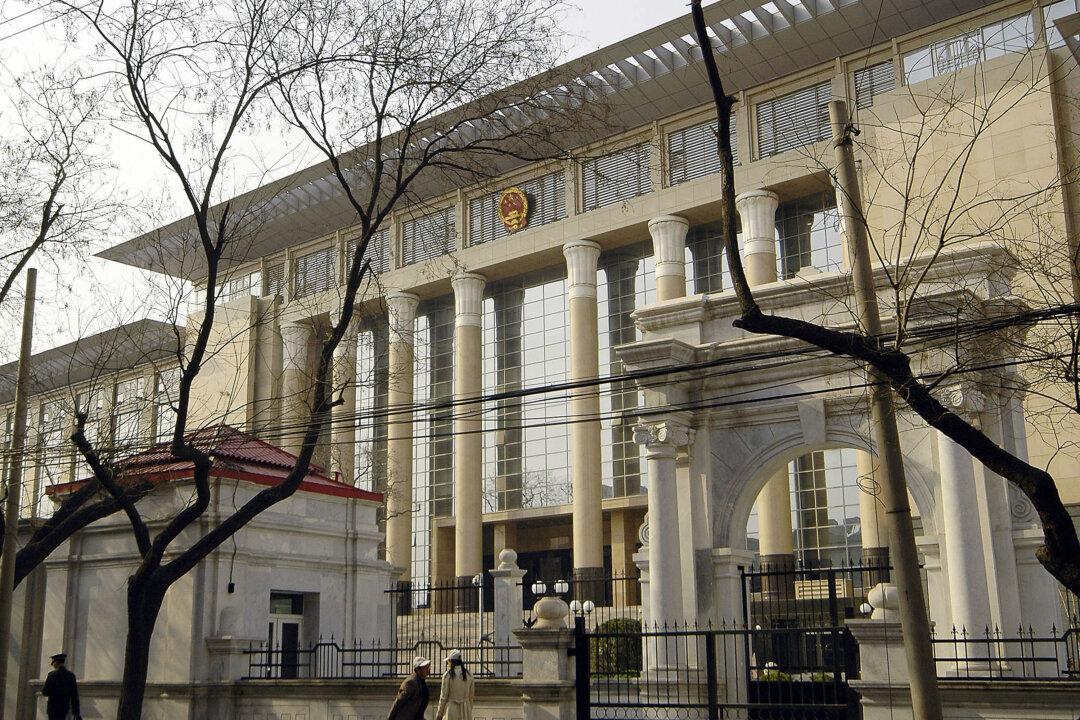Commentary
The Office of the Director of National Intelligence maintains a public-facing website for the disclosure of various unclassified reports and publications (here). Some of the reports are updated and produced annually, for example, the “2023 Annual Threat Assessment of the U.S. Intelligence Community.”





